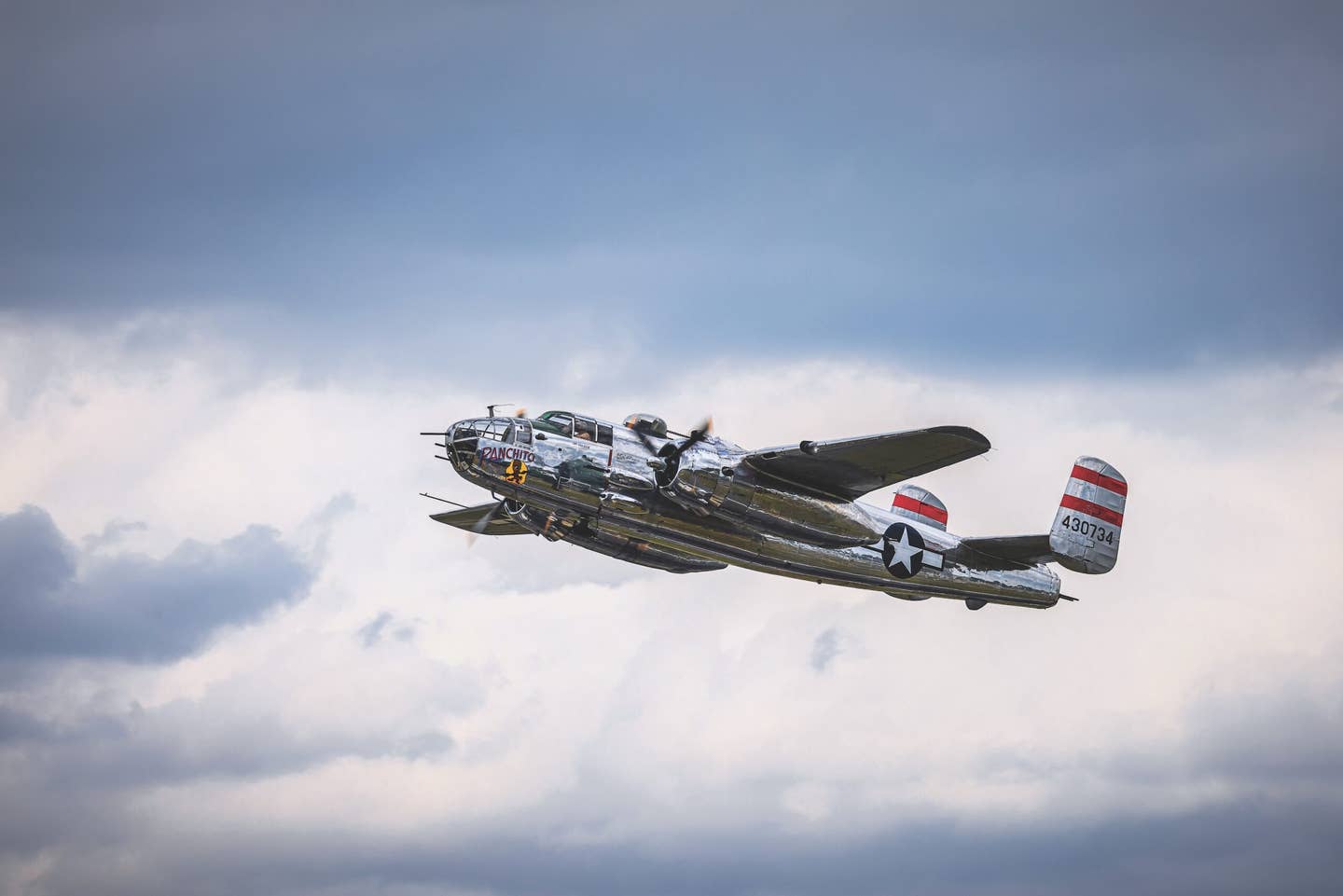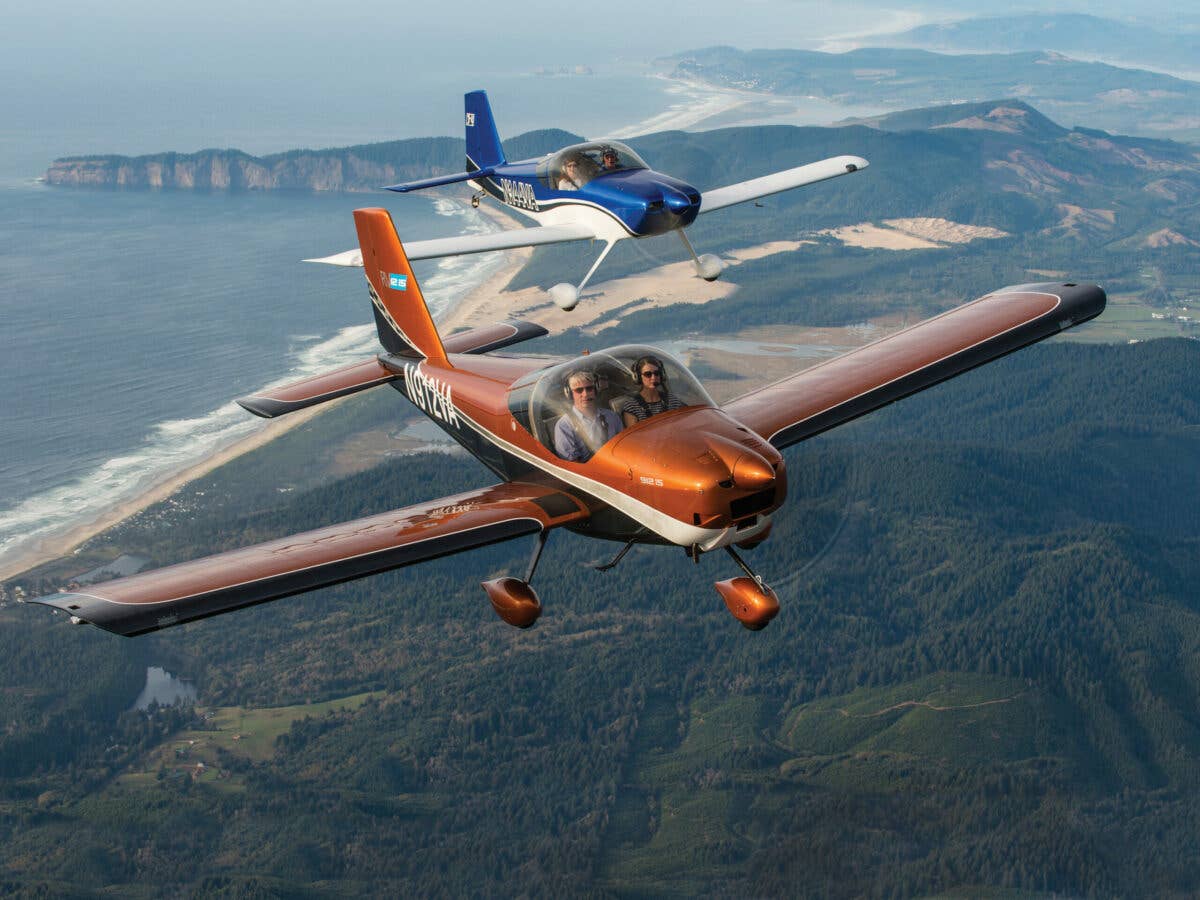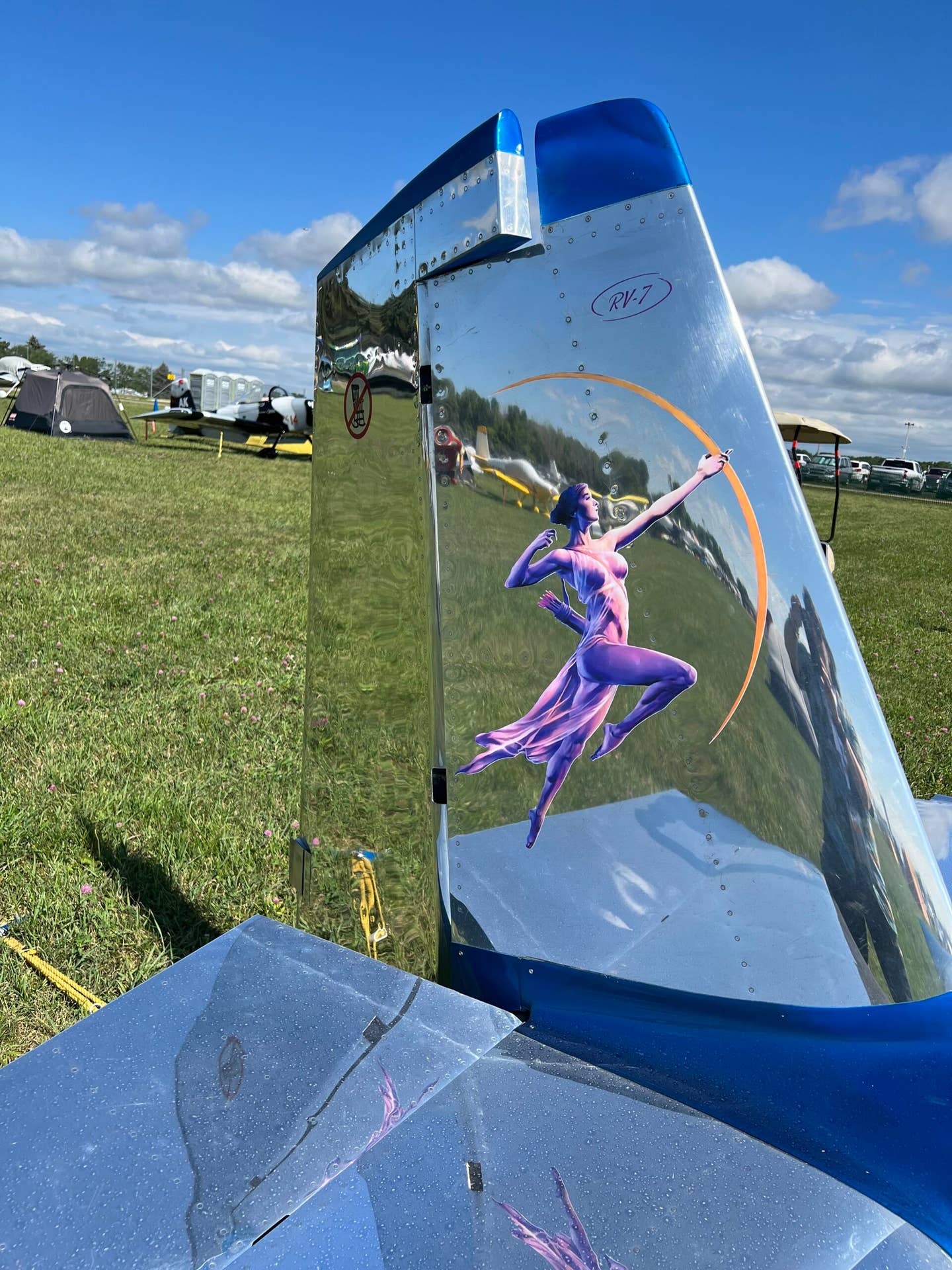
The pilot of this Cirrus SR20 deployed the chute over mountainous terrain in British Columbia, and all four occupants walked away unhurt. A lucky landing spot? Perhaps. Note the channel through which the parachute system’s harness is run. Normally, the channel is invisible, as it’s covered by a thin, non-structural layer of composite material. When the chute is deployed, though, the harness rips out the covering.
Flying StaffEditor
Flying Magazine is a one-stop resource for everything aviation, including news, training, aircraft, gear, careers, photos, videos, and more.
Related Stories

Sign-up for newsletters & special offers!
Get the latest FLYING stories & special offers delivered directly to your inbox






